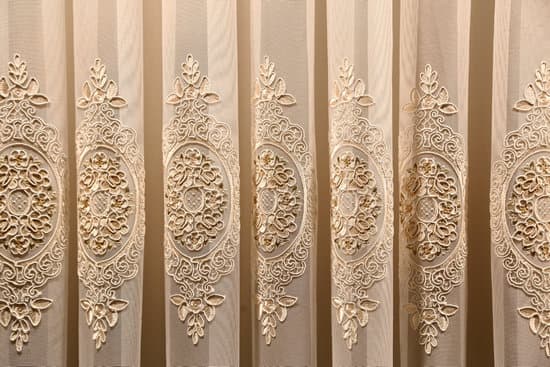Why Do We Decorate the Sukkah? Discovering Tradition and Symbolism
Understanding the Sukkah: More than Just a Structure
The Sukkah, an essential element of the Sukkot celebration, is often considered a simple structure erected for an outdoor festivity. However, its meaning goes far beyond just being a temporary dwelling. It's a spiritual journey into Jewish tradition, symbolism, and celebration.
The Traditions of Sukkah Decoration
Decorating a Sukkah is an age-old tradition with deep roots in Jewish culture. Here's how and why families decorate their Sukkahs:
- Fruit: Hanging fruit like grapes, pomegranates, and etrogs symbolizes abundance and the bounty of the harvest season, reminding us of the agricultural aspects of Sukkot.
- Artwork: Artwork, often handmade or inherited, reflects the family’s heritage, symbolizing the continuity of Jewish tradition and culture through generations.
- Textiles: Adornments like tapestry and curtains transform the Sukkah into a welcoming environment, symbolizing warmth, hospitality, and protection.
The Symbolism Behind Sukkah Decorations
Each item chosen for the Sukkah has layers of meaning:
| Decoration | Symbolism |
|---|---|
| Fruit | Abundance, Harvest, and God's Provision |
| Artwork | Cultural Heritage, Memory, and Continuity |
| Textiles | Hospitality, Warmth, Protection |
| Greenery | Natural Beauty, Fertility, Renewal |
| Lighting | Joy, Celebration, Divine Presence |
Adding Personal Touches to the Sukkah
While traditional decorations hold deep significance, modern Sukkahs often feature personal elements:
- Kids’ Art: Their imaginative drawings or crafts can become heirlooms, deepening their connection to the holiday.
- Photographs: These act as a visual narrative of the family’s history and special moments, making the Sukkah a living album.
- Handmade Decorations: Creating decorations together is a bonding experience, ensuring traditions are passed down through family involvement.
The Significance of the Sukkah Experience
Stepping into a decorated Sukkah isn't just a shift from the everyday; it's a journey into our spiritual past, present, and future:
- Historical Connection: The Sukkah reminds us of the huts where the Israelites dwelled during their wilderness journey.
- Community and Inclusiveness: Traditionally open to guests, it's a symbol of unity, hospitality, and shared joy.
- Self-Reflection and Gratitude: Living in the Sukkah for seven days helps us appreciate the fragility of our lives and our dependence on the Divine.
- Beauty Amidst Impermanence: We celebrate the ephemeral beauty of life by creating a beautiful, temporary home.
✍️ Note: The Sukkah's design elements often reflect the balance between the impermanent and the eternal in Jewish tradition.
Eco-Friendly Sukkahs
With environmental consciousness on the rise, many now seek eco-friendly ways to decorate their Sukkahs:
- Upcycling and Reusing: Utilize materials from previous years or everyday items, reducing waste.
- Organic Decorations: Choose organic or local fruits, flowers, or plants for adornment, minimizing the ecological footprint.
- Energy-Saving Lighting: LED lights or solar lanterns can be energy-efficient and safe, enhancing the festive atmosphere.
🌱 Note: Many Jewish communities are now incorporating eco-friendly practices into their Sukkot celebrations, showing a commitment to sustainability and respect for God's creation.
Incorporating all these elements, we understand why decorating the Sukkah is not merely a custom but a meaningful and multifaceted experience that encapsulates the spirit of Sukkot. From personal touches to cultural symbols, the Sukkah is more than just a physical dwelling; it’s a living, evolving narrative of Jewish life, history, and spirituality. As we celebrate the impermanence of our structures, we find lasting beauty, unity, and a deep sense of appreciation for the bounty of life.
What is the significance of the roof of the Sukkah?
+The roof, or schach, must be made of organic material, providing shade but also allowing us to see the stars, symbolizing the protective Clouds of Glory that guided the Israelites in the wilderness.
Why do we hang fruit in the Sukkah?
+Fruit signifies the abundance of the harvest season. It also serves as a reminder of God’s bounty and our gratitude for the sustenance we receive.
Can I use artificial decorations for my Sukkah?
+Traditionally, natural materials are preferred, as they align with the agricultural themes of Sukkot. However, some may use artificial items if they’re sustainable and enrich the beauty of the Sukkah.



